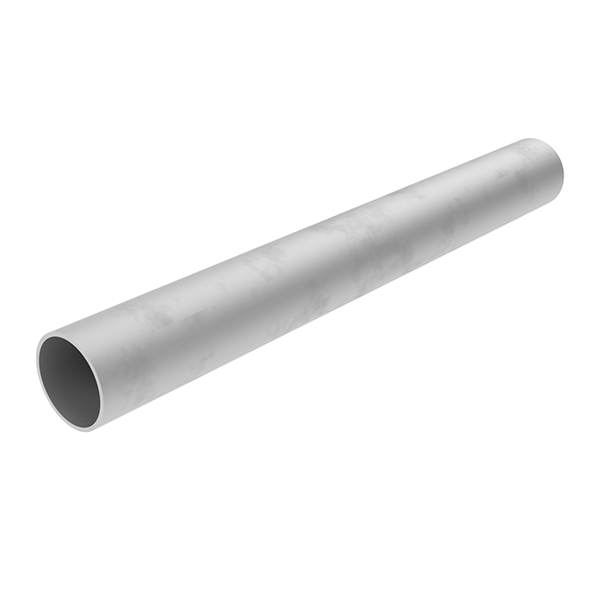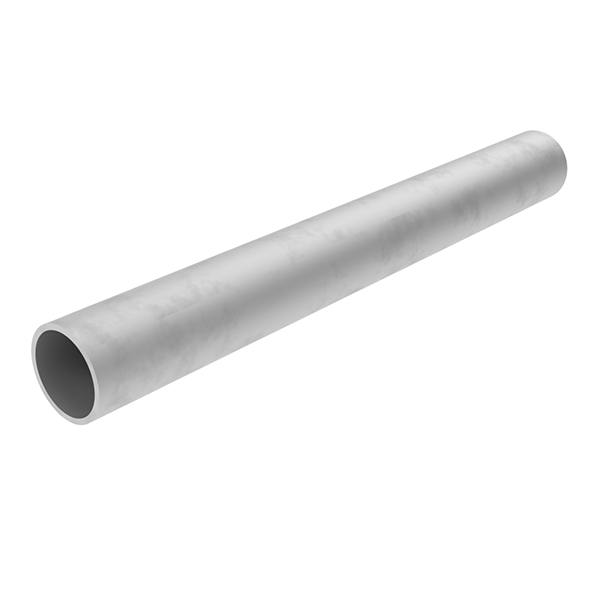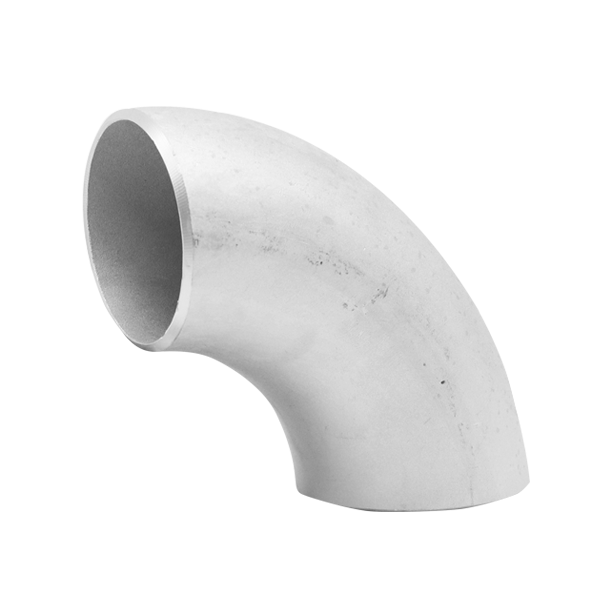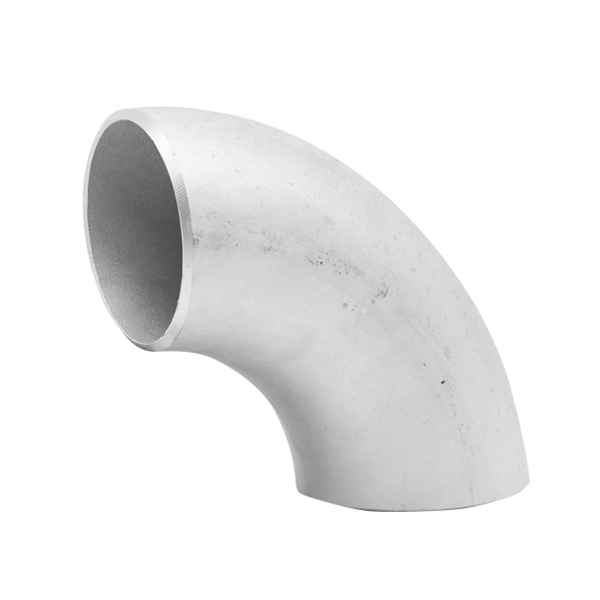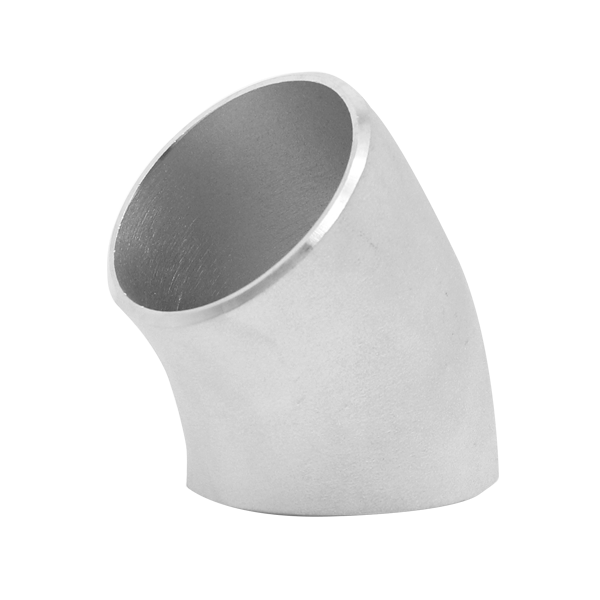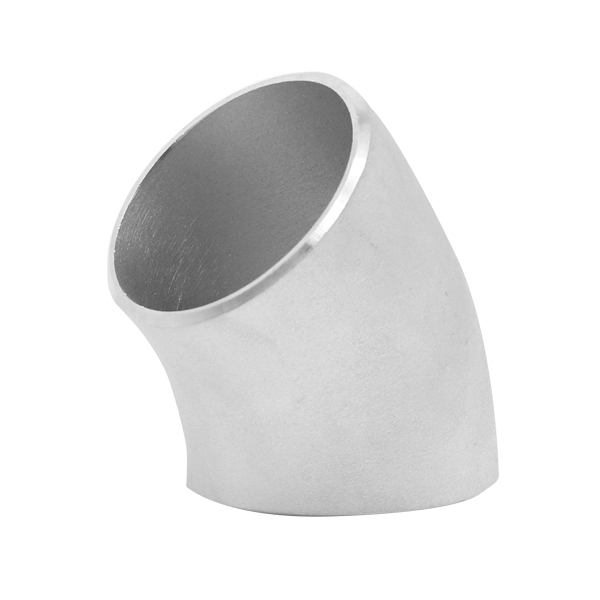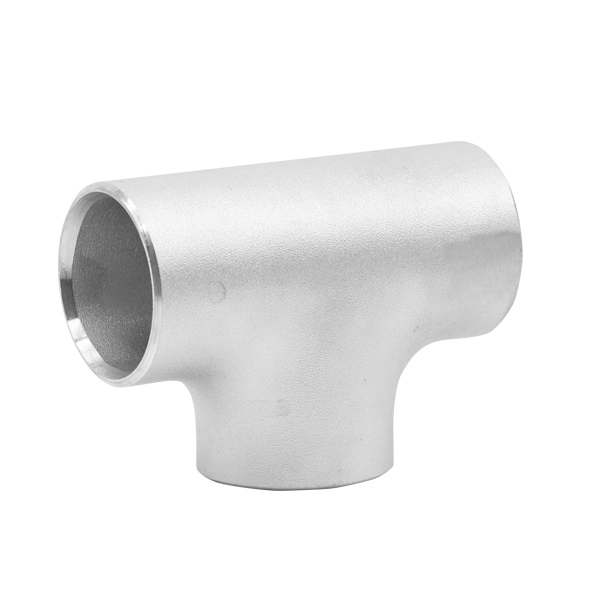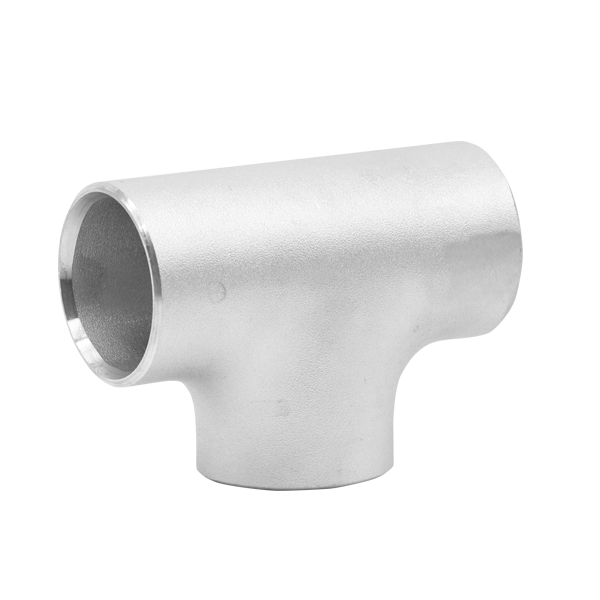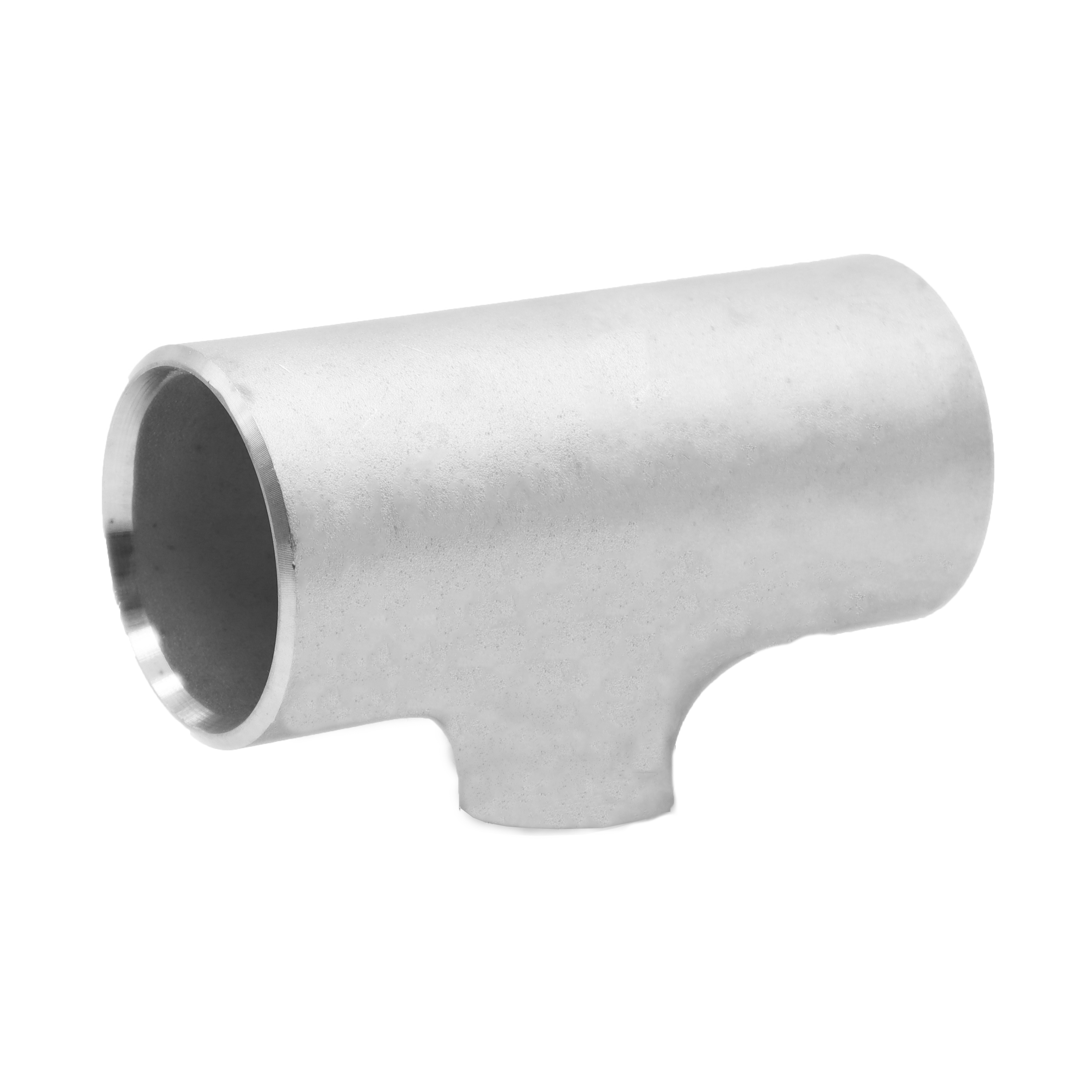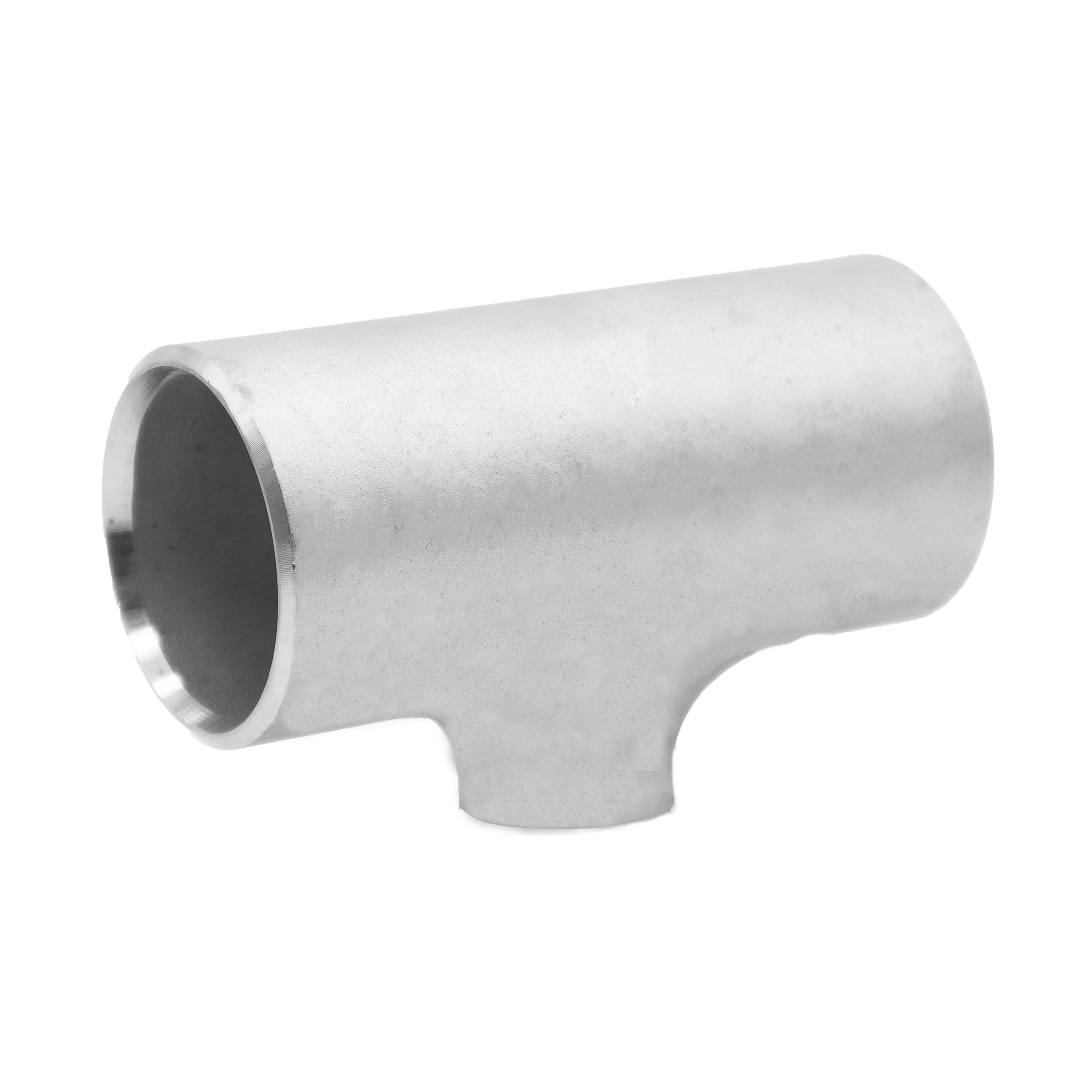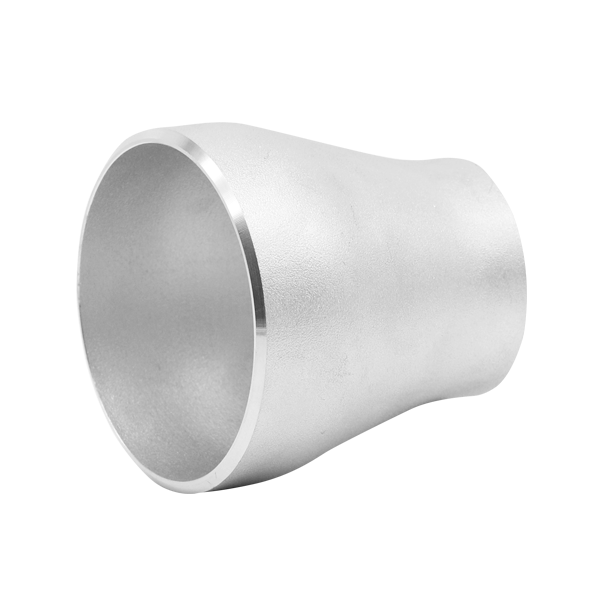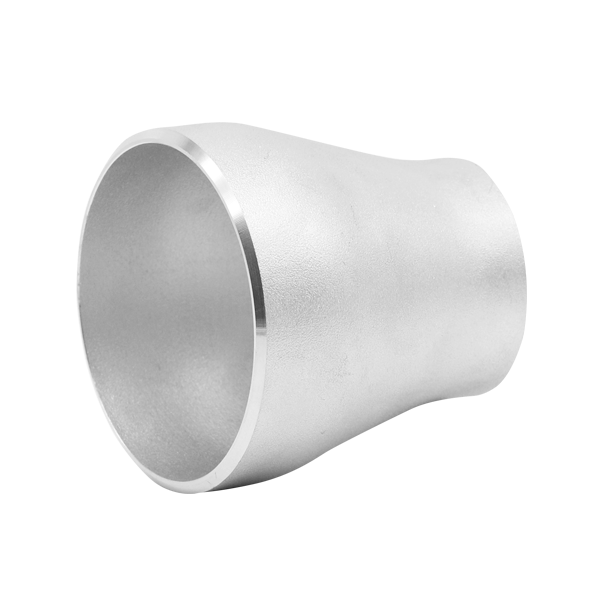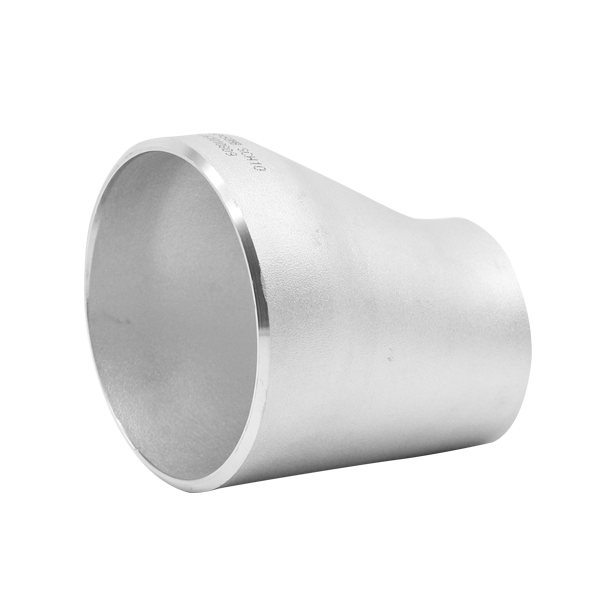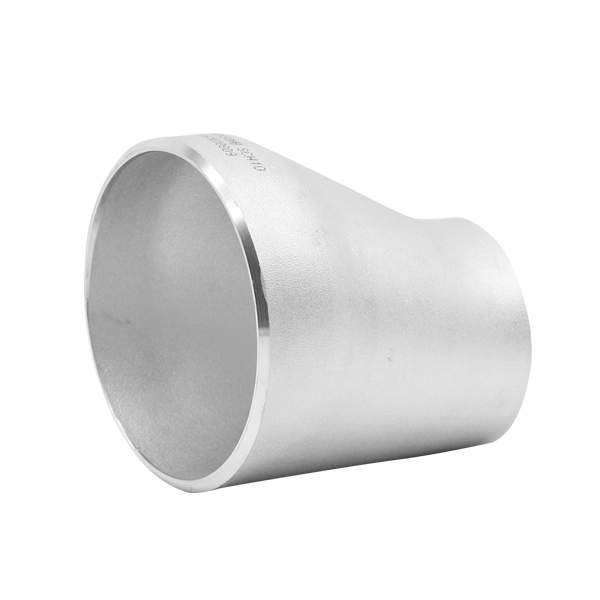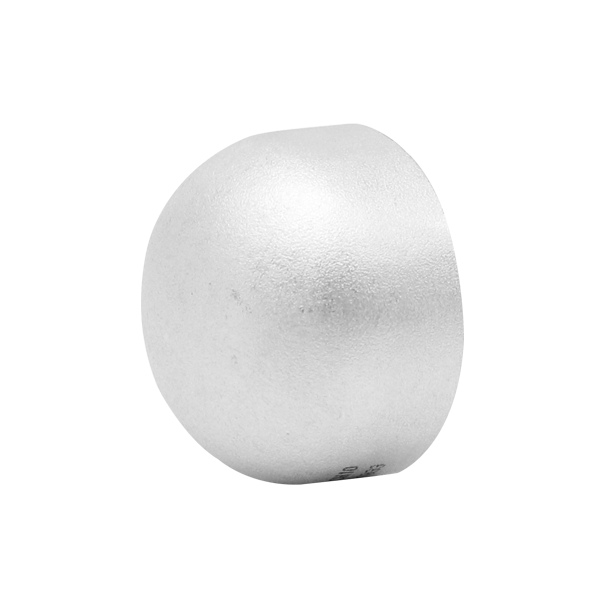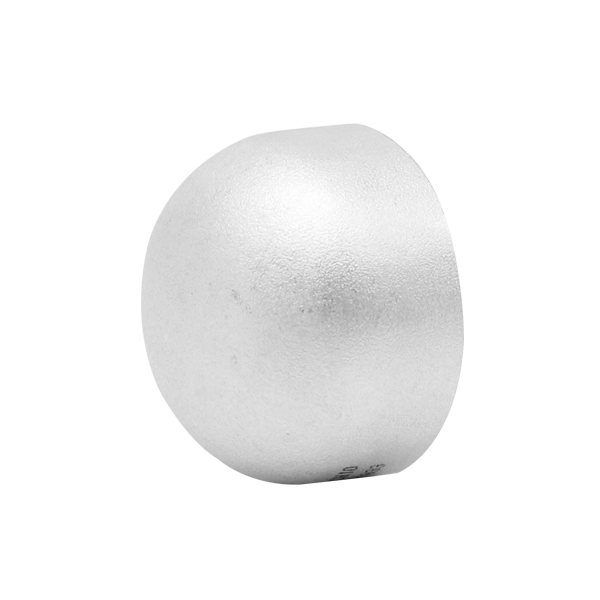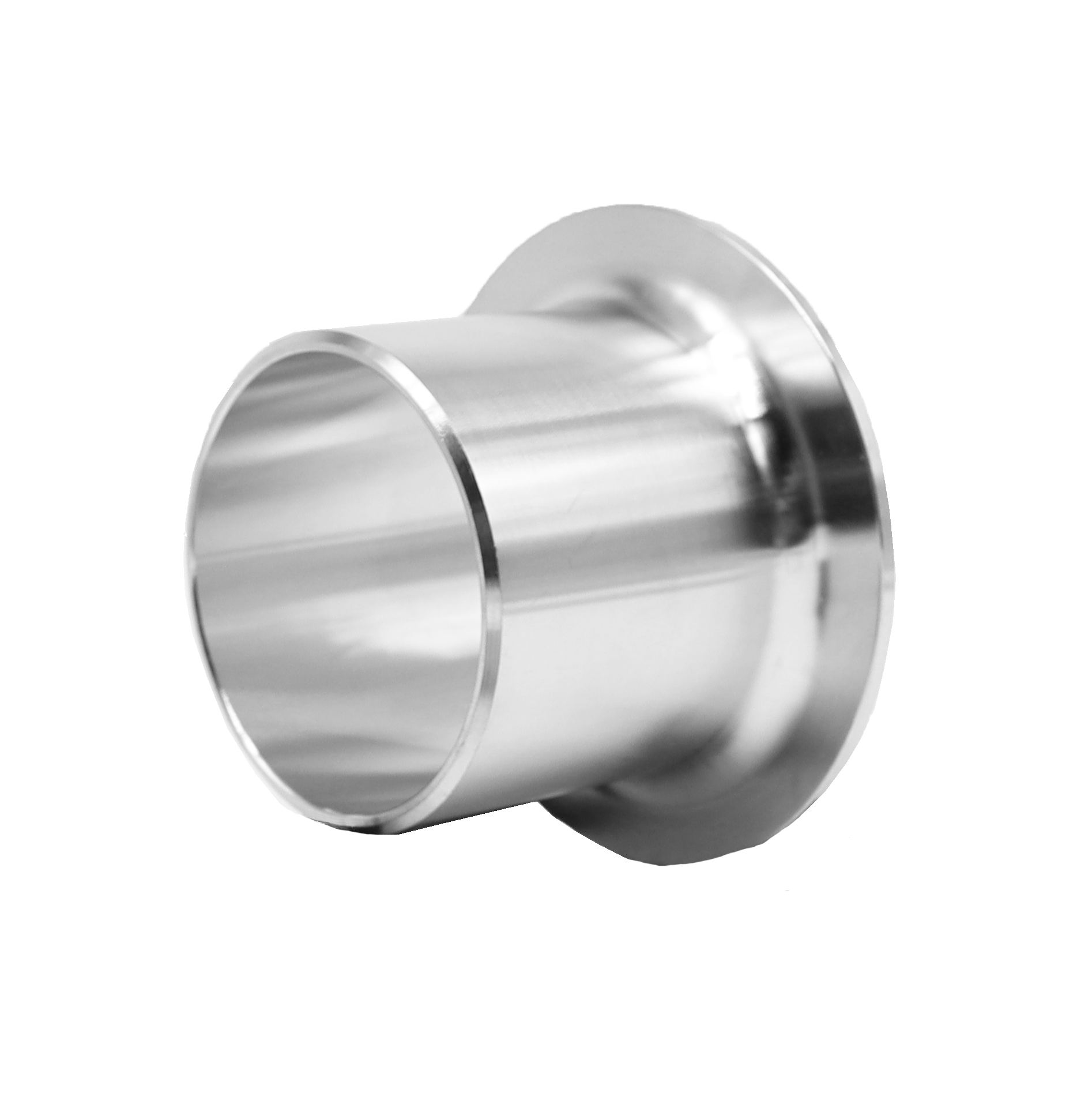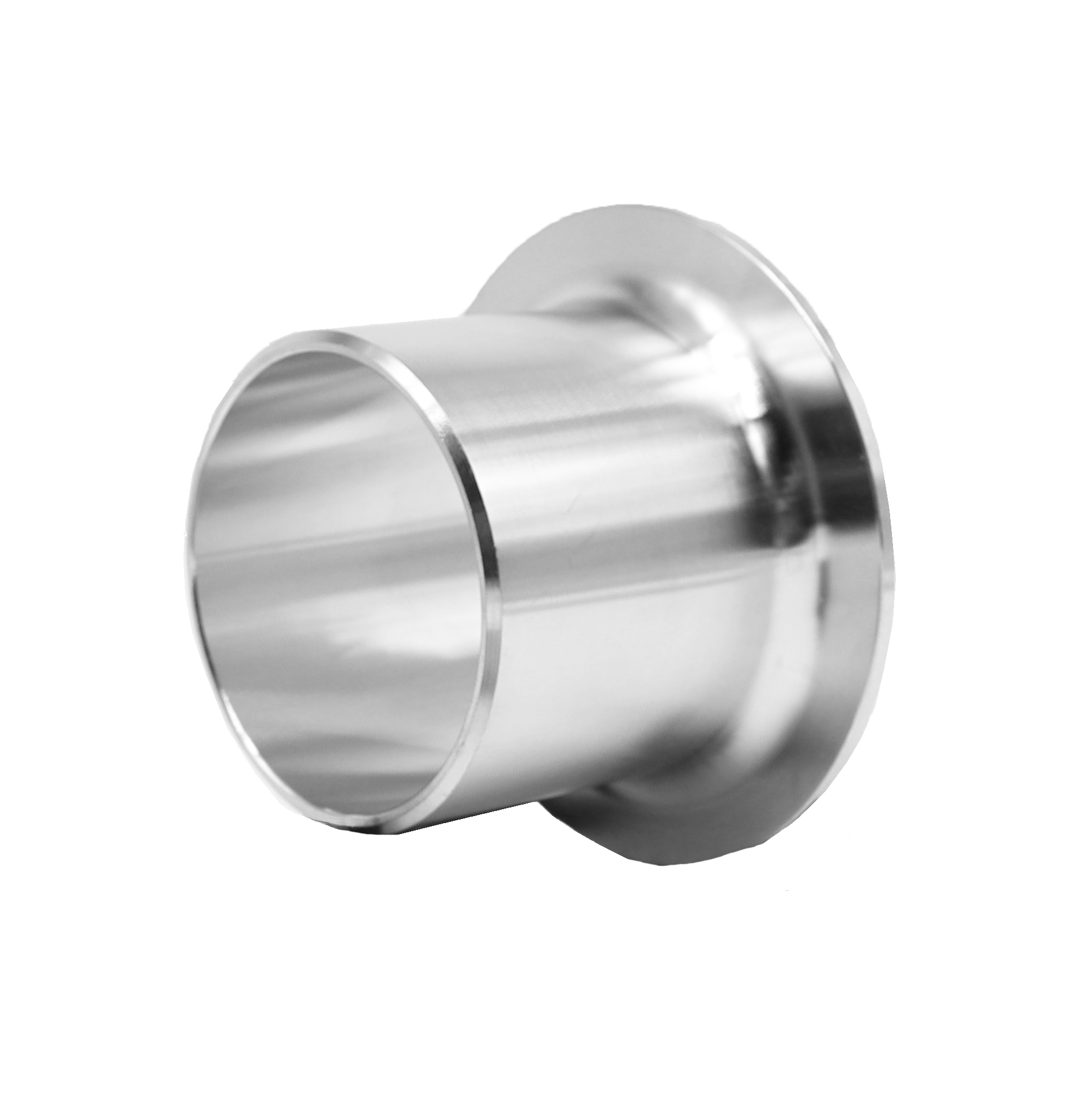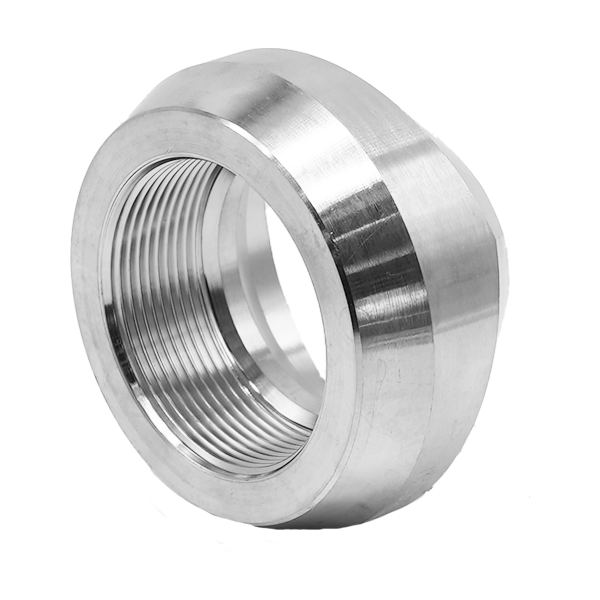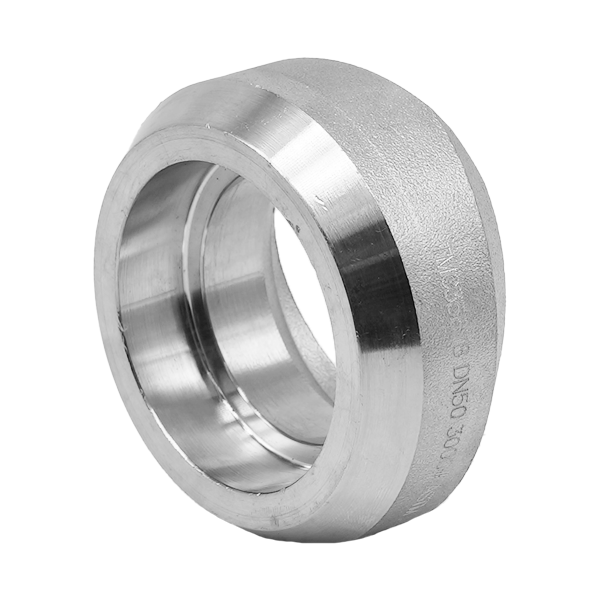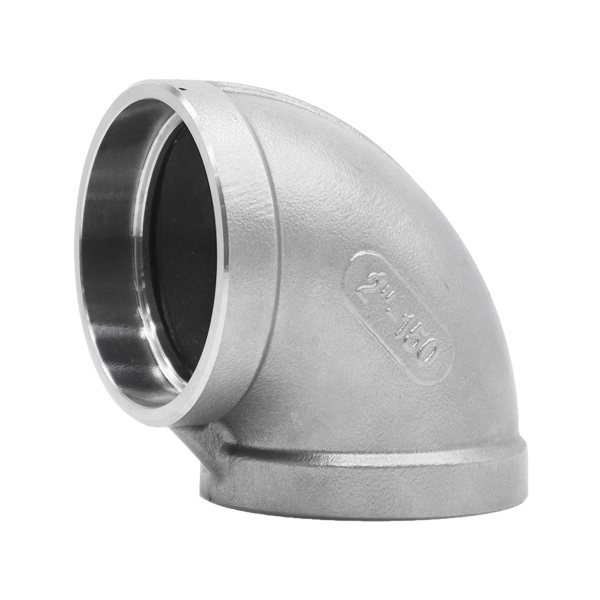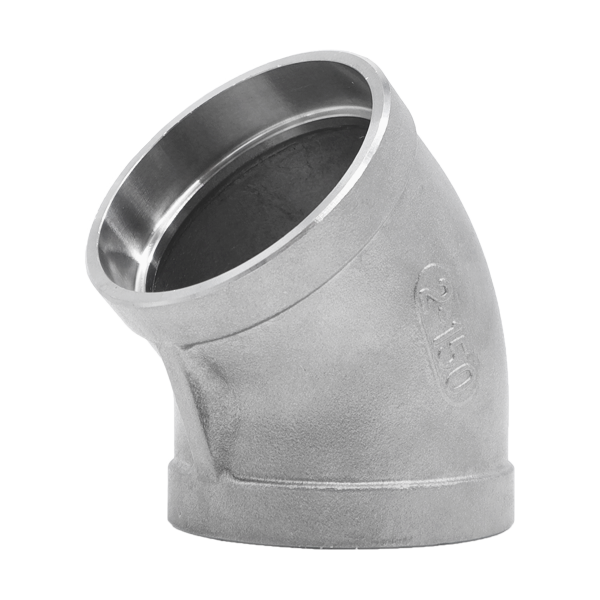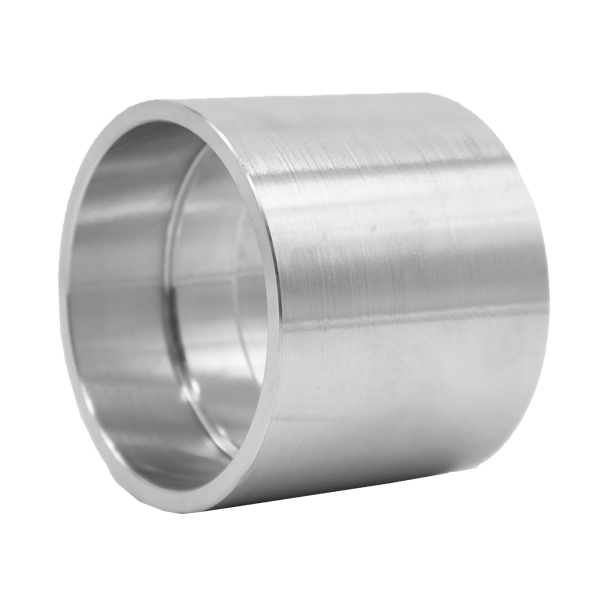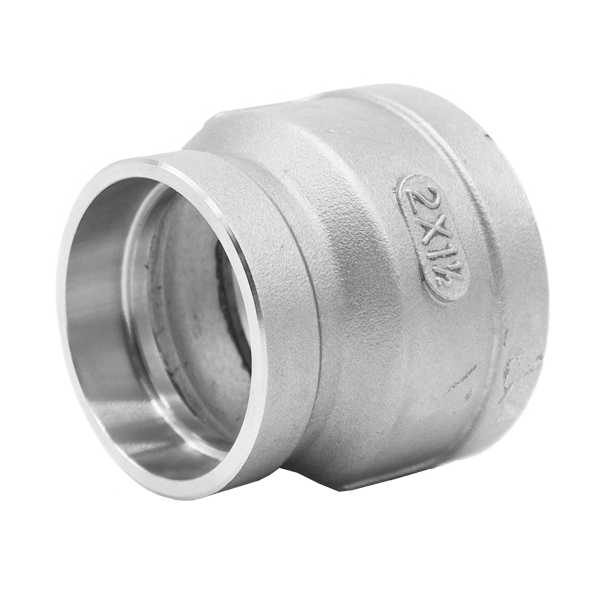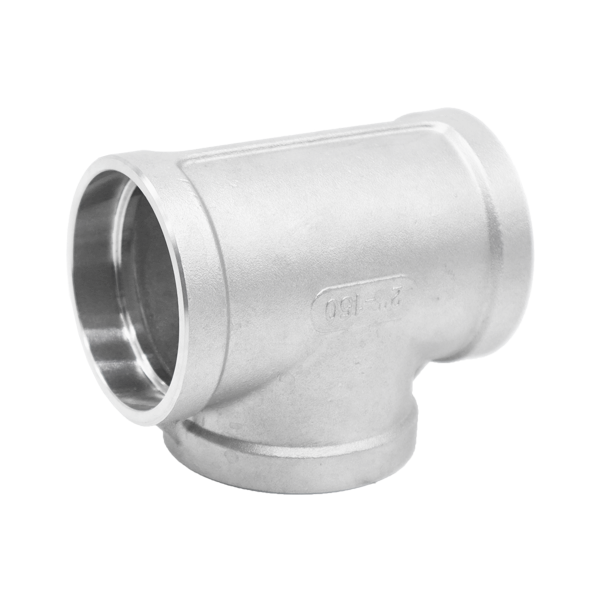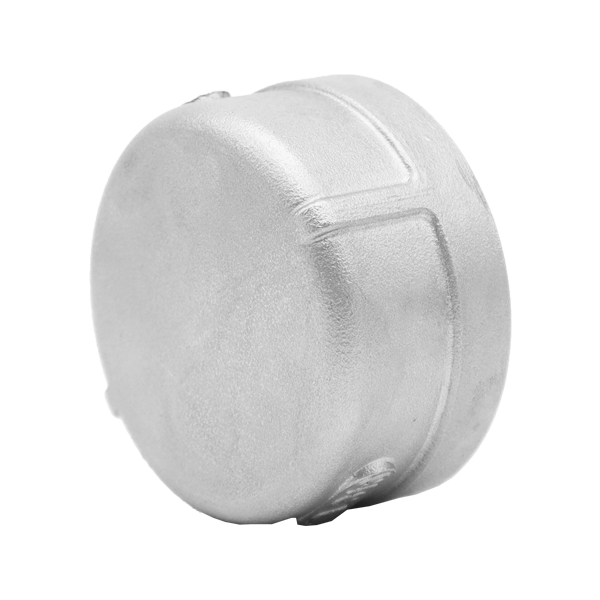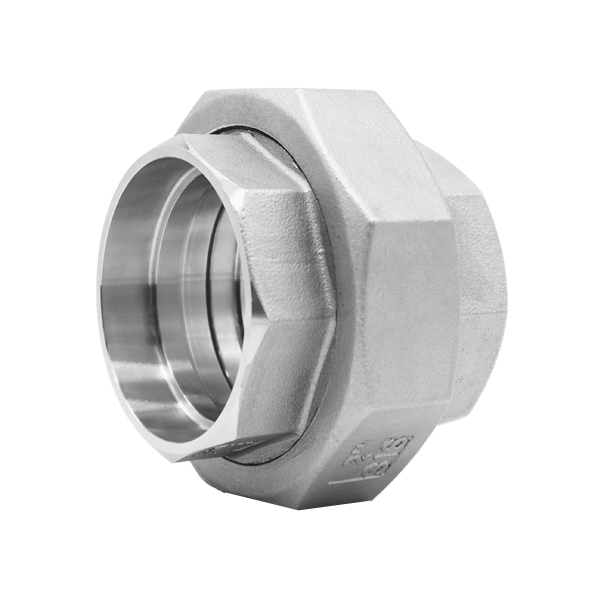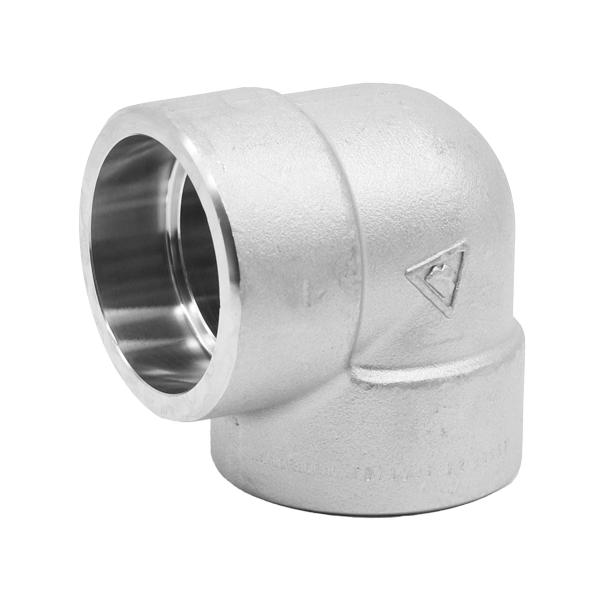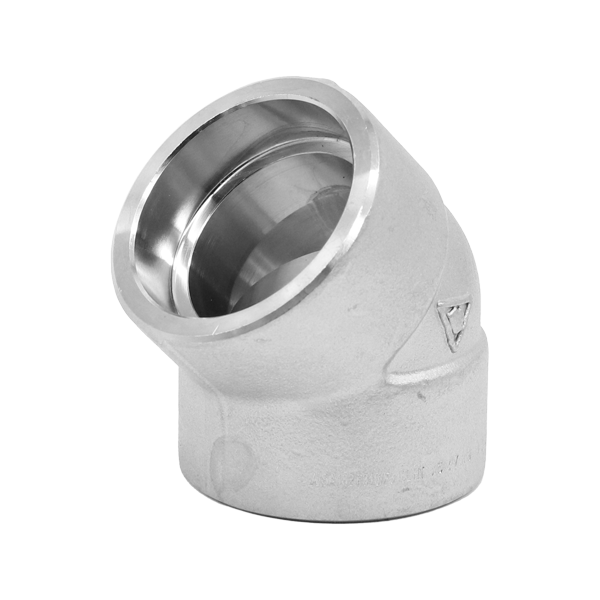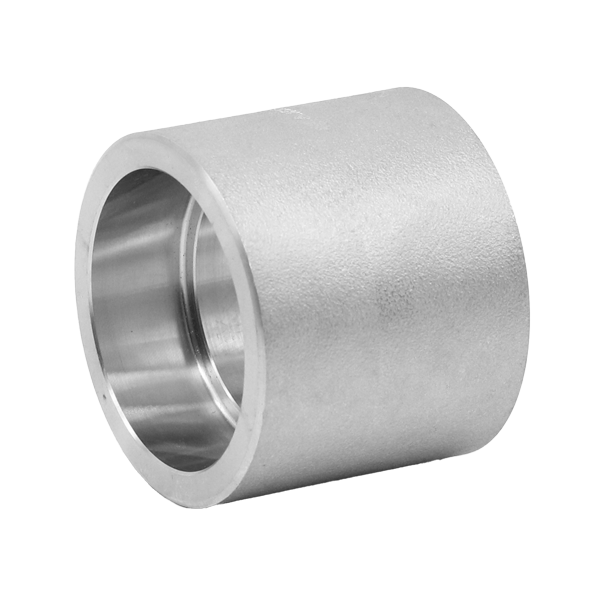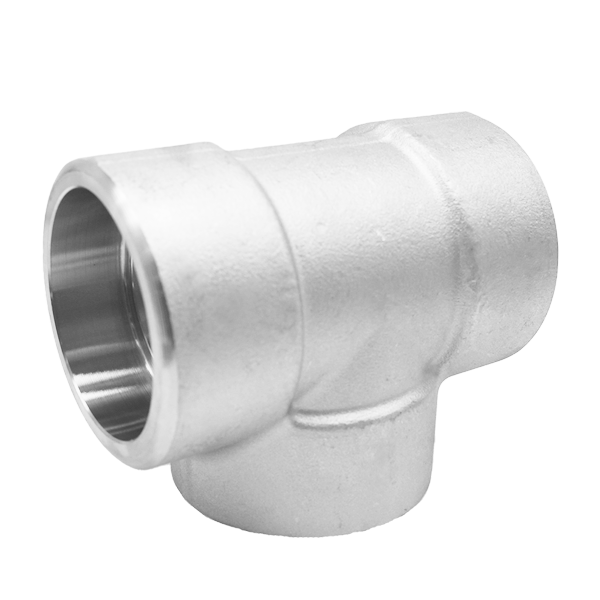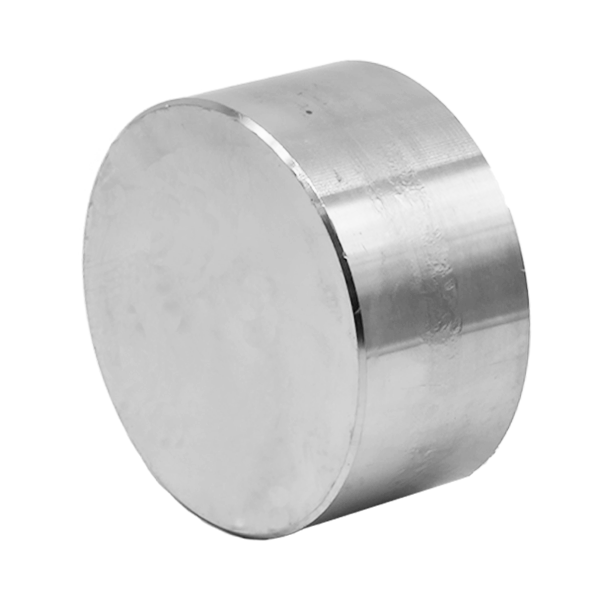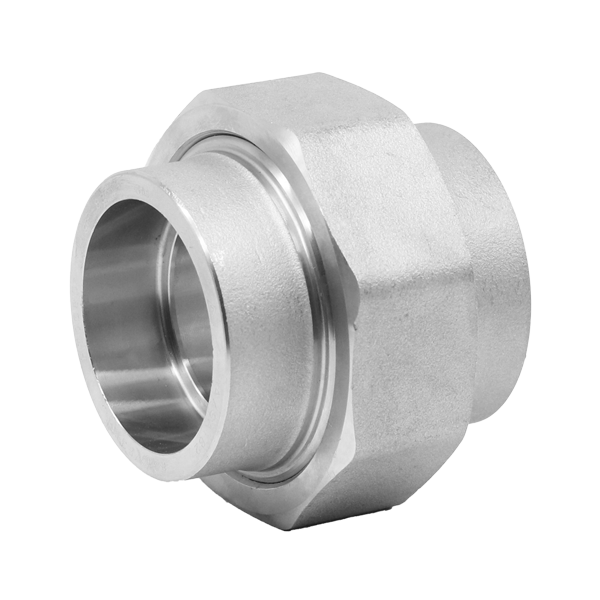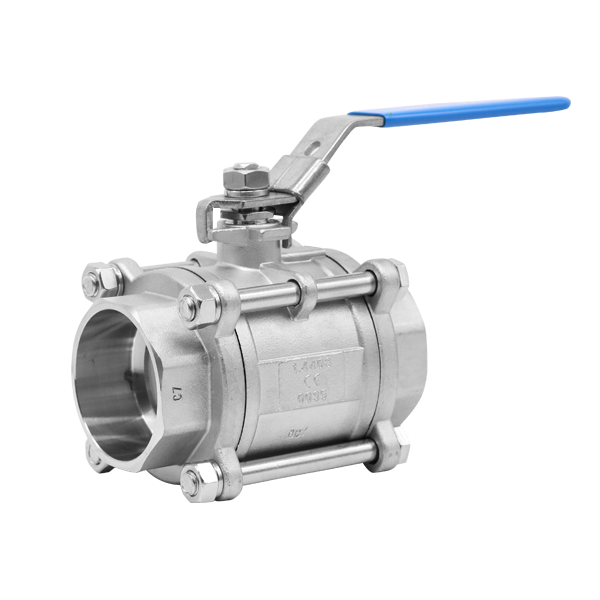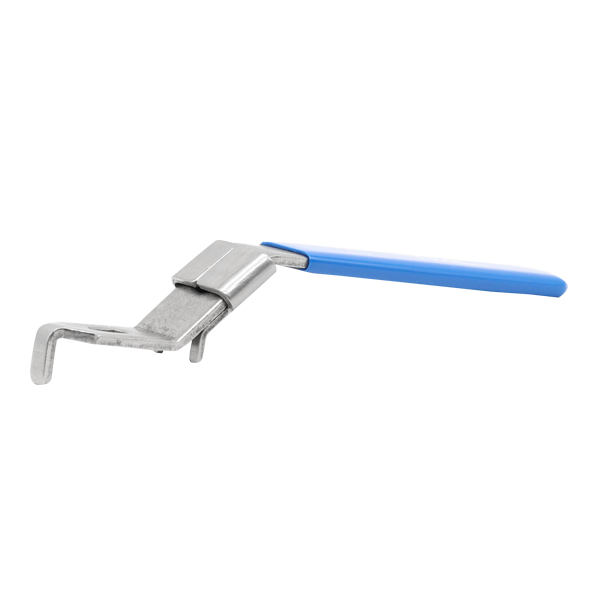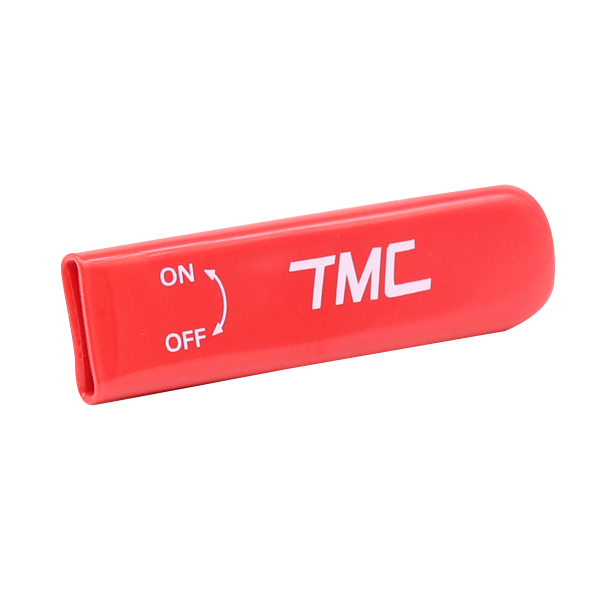Stainless Steel pipe is commonly used to transport fluids and gases. It is produced in different sizes and has many uses such as in wastewater systems, food & beverage facilities, chemical processing, oil and gas processing, and more.
About
Stainless Steel pipe is commonly used to transport fluids and gases.
It is produced in different sizes and has many uses such as in wastewater systems, food & beverage facilities, chemical processing, oil and gas processing, and more.
Stainless steel pipe is non-hygienic as it is hot rolled, which means it is heated up and then rolled through a mill into shape. This leaves it with a rougher surface, which is often dull and referred to as a mill finish. Unlike tube, pipe is always round.
You can tell the difference between pipe and tube due to the wall thickness and surface finish. Pipe is thicker and has a rougher finish than tube.
We stock stainless steel pipe in both Schedule 10 and Schedule 40. The schedule determines the wall thickness of the pipe. Schedule 10 has a thinner wall thickness than Schedule 40, and is typically used in low-pressure applications while Schedule 40 is used in high-pressure applications.
Pipe is measured by Nominal Bore (NB) and Schedule. The term NB (Nominal Bore) is often used interchangeably with NPS (Nominal Pipe Size). ‘Nominal’ is a non-dimensional number that identifies the internal diameter. The wall thickness of pipe is determined by the schedule.
We stock pipe in Schedule 10 from ½” to 16”, and in Schedule 40 from ½” to 12”. We also stock a full range of pipe fittings, both butt weld and socket weld, to suit any pipe run.
About
Stainless Steel pipe is commonly used to transport fluids and gases.
It is produced in different sizes and has many uses such as in wastewater systems, food & beverage facilities, chemical processing, oil and gas processing, and more.
Stainless steel pipe is non-hygienic as it is hot rolled, which means it is heated up and then rolled through a mill into shape. This leaves it with a rougher surface, which is often dull and referred to as a mill finish. Unlike tube, pipe is always round.
You can tell the difference between pipe and tube due to the wall thickness and surface finish. Pipe is thicker and has a rougher finish than tube.
We stock stainless steel pipe in both Schedule 10 and Schedule 40. The schedule determines the wall thickness of the pipe. Schedule 10 has a thinner wall thickness than Schedule 40, and is typically used in low-pressure applications while Schedule 40 is used in high-pressure applications.
Pipe is measured by Nominal Bore (NB) and Schedule. The term NB (Nominal Bore) is often used interchangeably with NPS (Nominal Pipe Size). ‘Nominal’ is a non-dimensional number that identifies the internal diameter. The wall thickness of pipe is determined by the schedule.
We stock pipe in Schedule 10 from ½” to 16”, and in Schedule 40 from ½” to 12”. We also stock a full range of pipe fittings, both butt weld and socket weld, to suit any pipe run.
Videos On Pipe
Concentric vs Eccentric Reducers | Technical Tuesday
Concentric and eccentric reducers are used to join two different sizes of pipe or tube. Concentric reducers derive their name from their cone-like shape and have ends on the same axis. Whereas eccentric reducers have a straight side and a cone shaped side. Watch Morgan discuss the difference between these reducers.
How We Send Long Lengths
Watch as Jed discusses how we pick, pack and send your long lengths to you.
What Is Pipe?
Stainless Steel pipe is commonly used to transport fluids and gases. It is produced in different sizes and has many uses such as in wastewater systems, food & beverage facilities, chemical processing, oil and gas processing, and more. Watch Jessie discuss what pipe is and what pipe we stock.
What Is the Difference Between Butt Weld vs Socket Weld Pipe Fittings? | Technical Tuesday
A socket weld fitting fits over the outside of the pipe it is being welded to whereas a butt weld is the welding of two of the same sized diameters joined end to end. Watch Huntley explain the difference.
Our Range of Socket Weld Fittings
Socket weld fittings are used with schedule pipe, which fits into the recess of the fitting and then a fillet weld can be used to join them. Watch Frank as he discusses our range of Socket Weld Fittings.
What is Pipe Schedule? | Technical Tuesday
Pipe Schedule is the standard method to define the thickness and pressure rating of pipe. Watch Huntley explain the correlation between schedule number and thickness of pipe and other components to note.
Our Range of Pipe Fittings
Pipe fittings come in a range of different sizes and shapes to suit your pipe line configuration and are used to join it together to transfer liquids. Sinead will take you through The Metal Company's range and show you how they work.
What Is The Difference Between Tube and Pipe? | Technical Tuesday
Watch Huntley demonstrate the differences between tube and pipe. From the look and feel to the measurements needed to identify the products.
